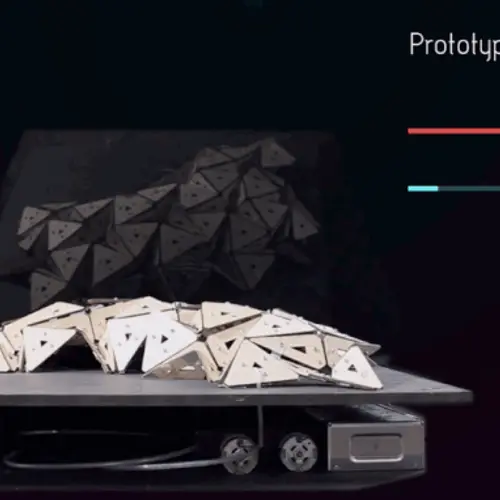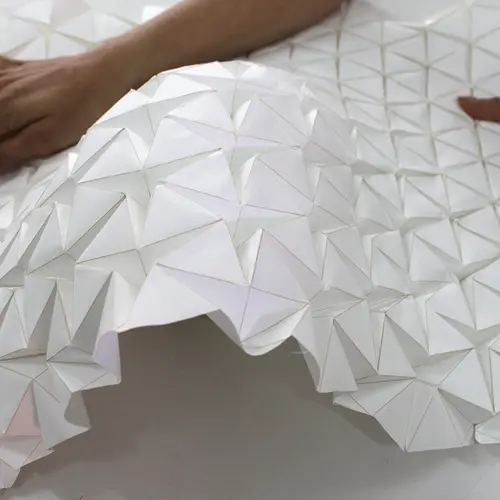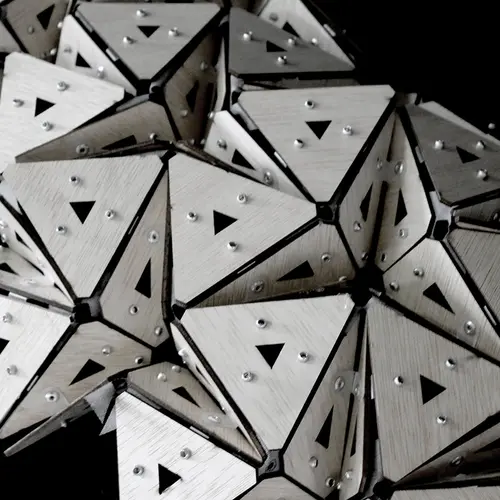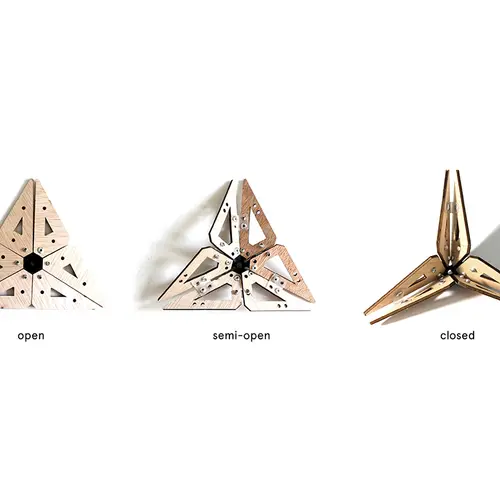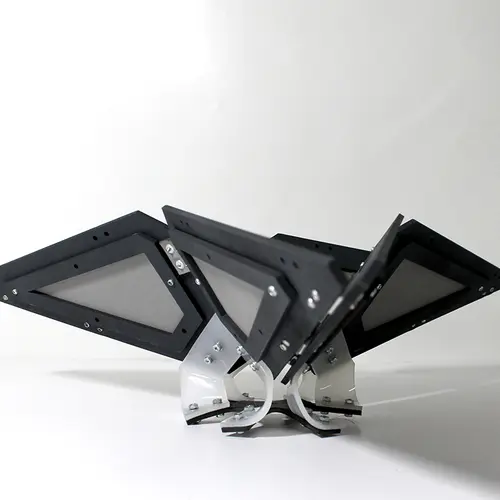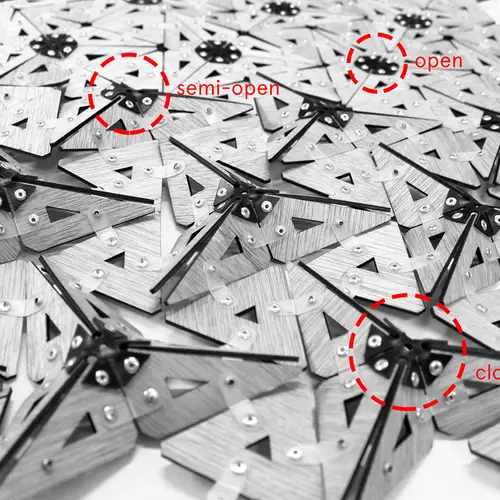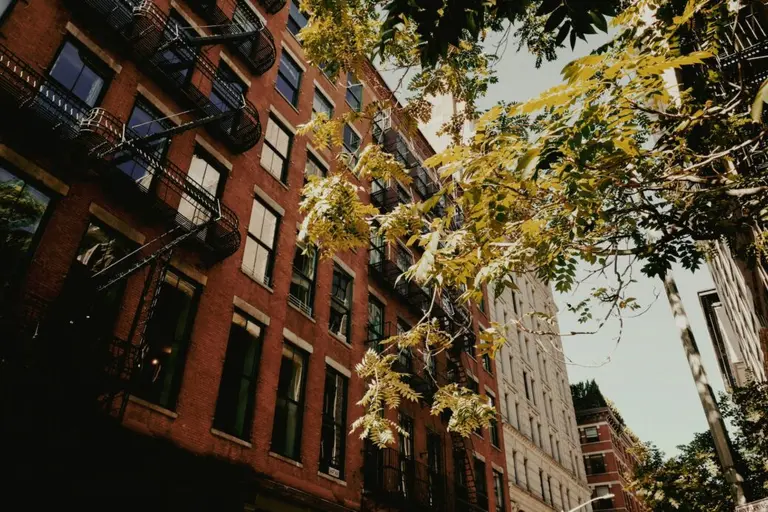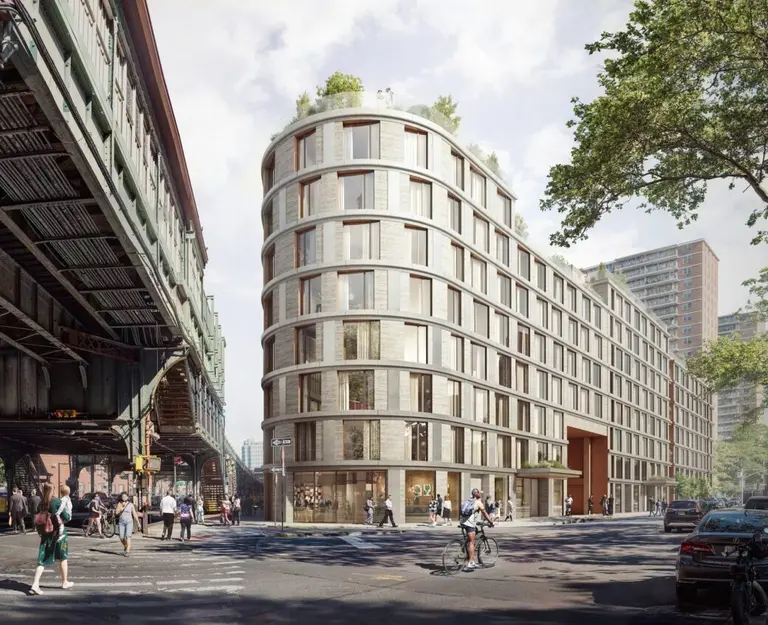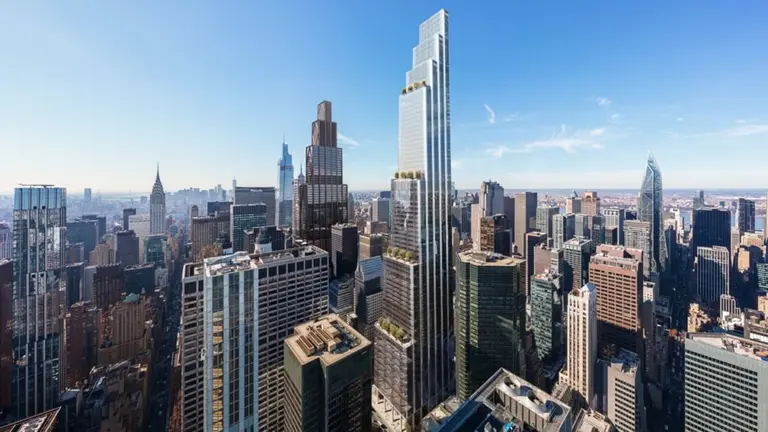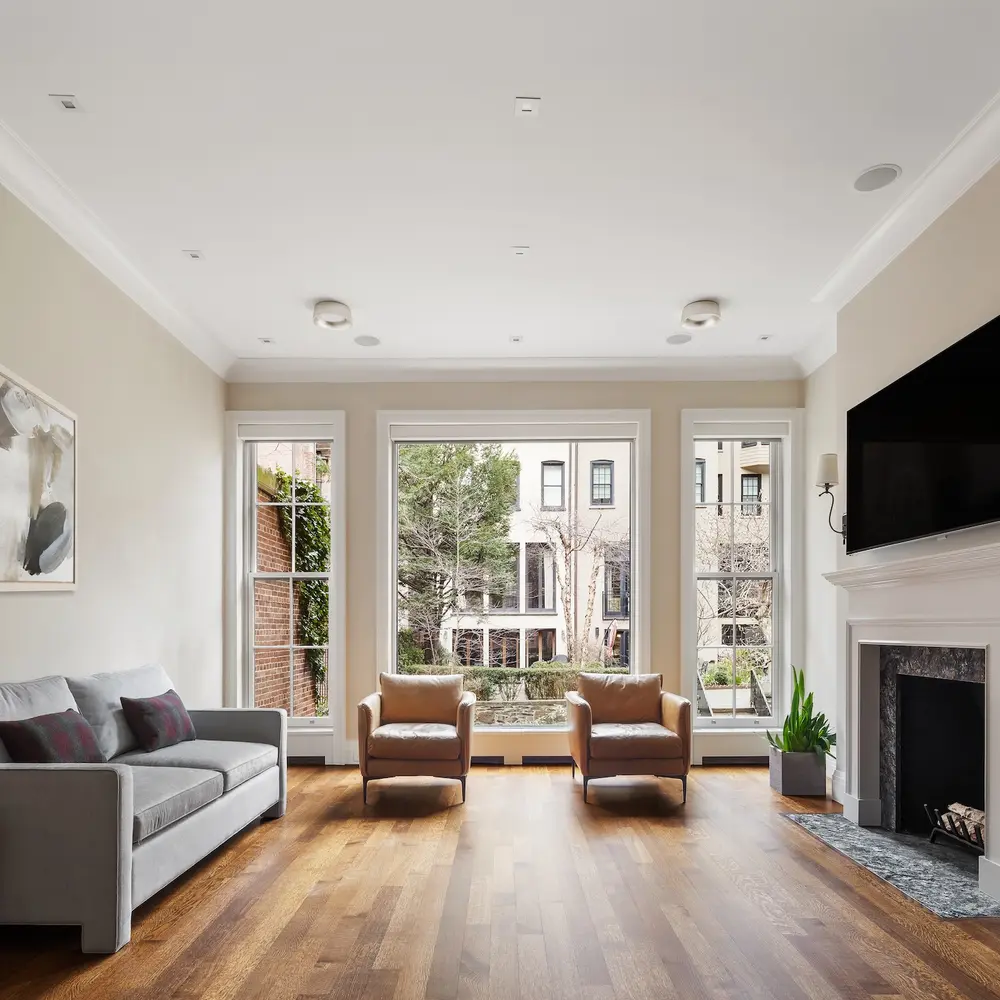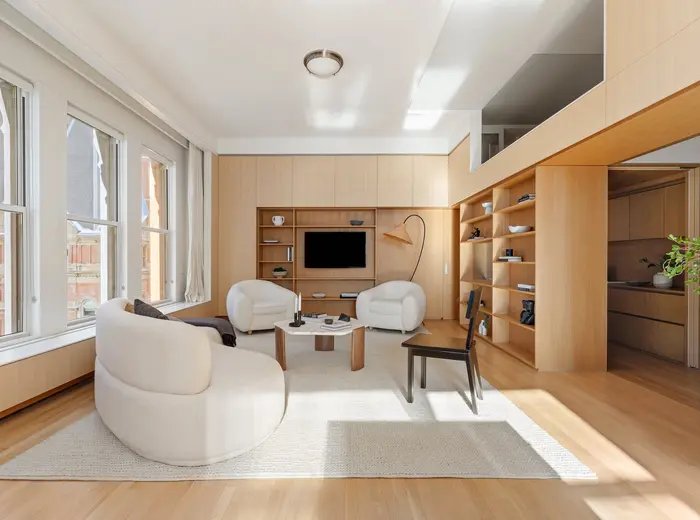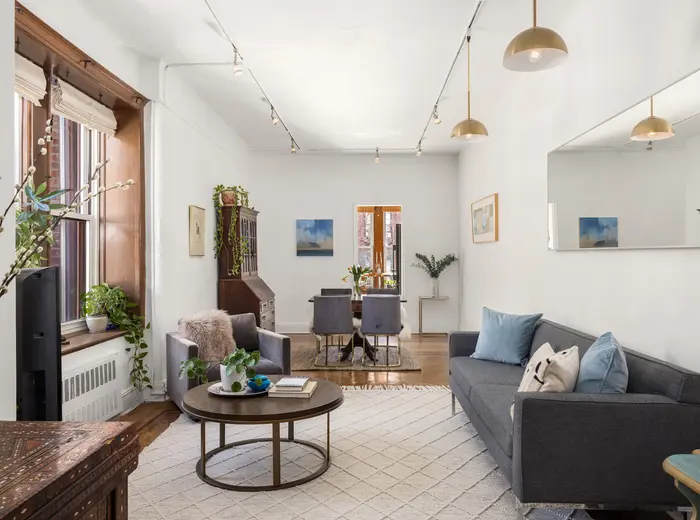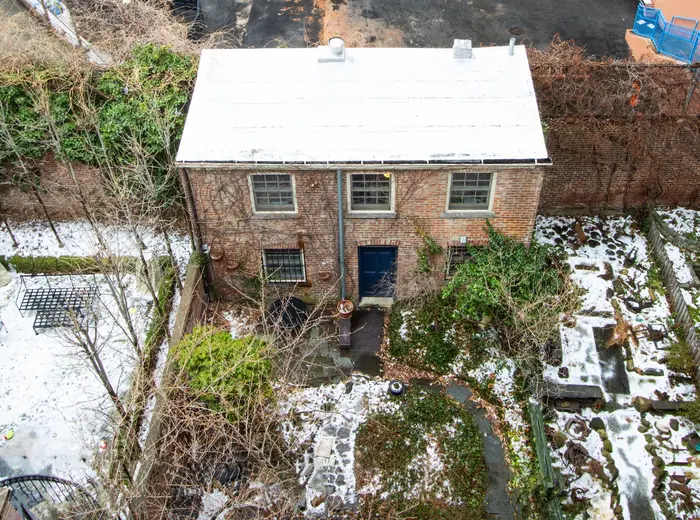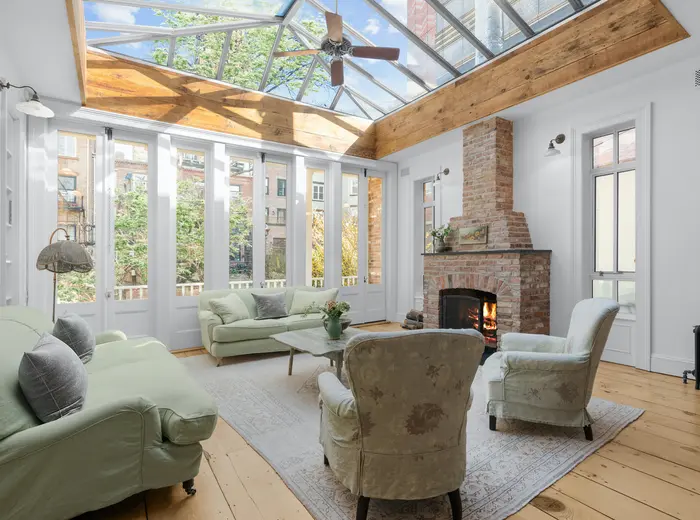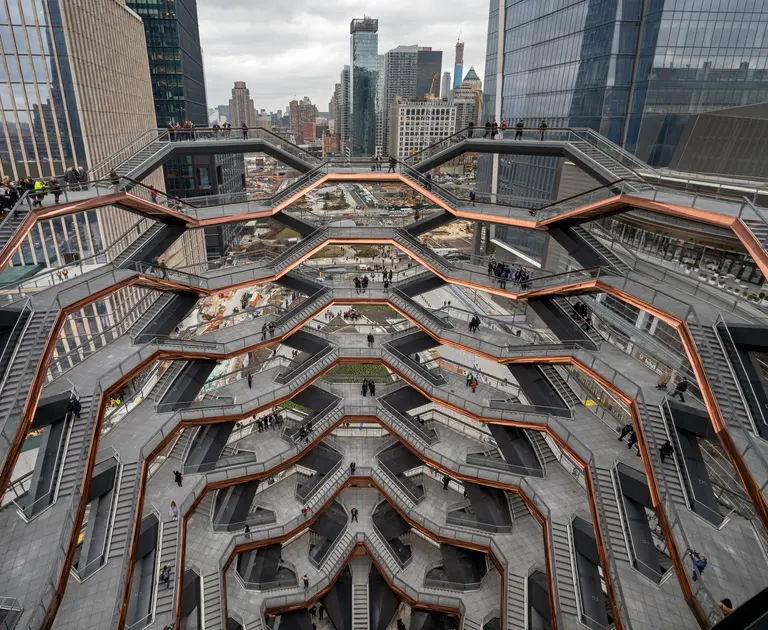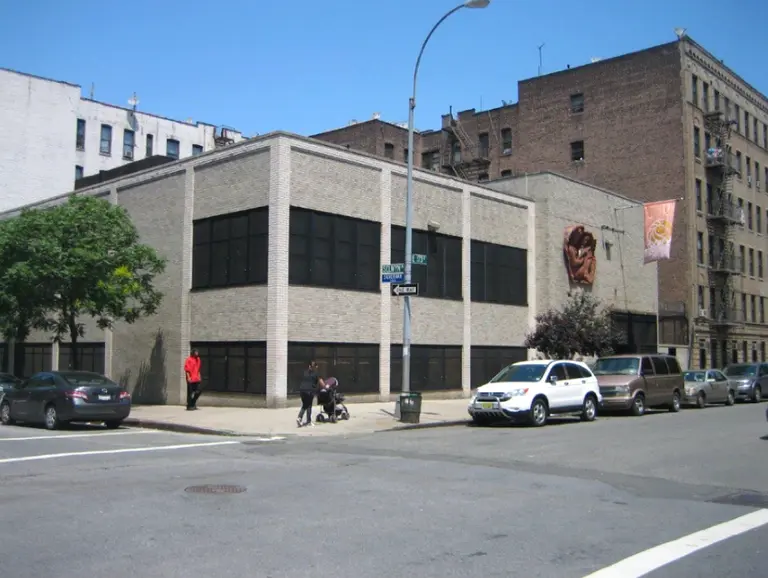New Adaptive Architecture Project Explores How Physical Spaces Can Morph Based on Heat
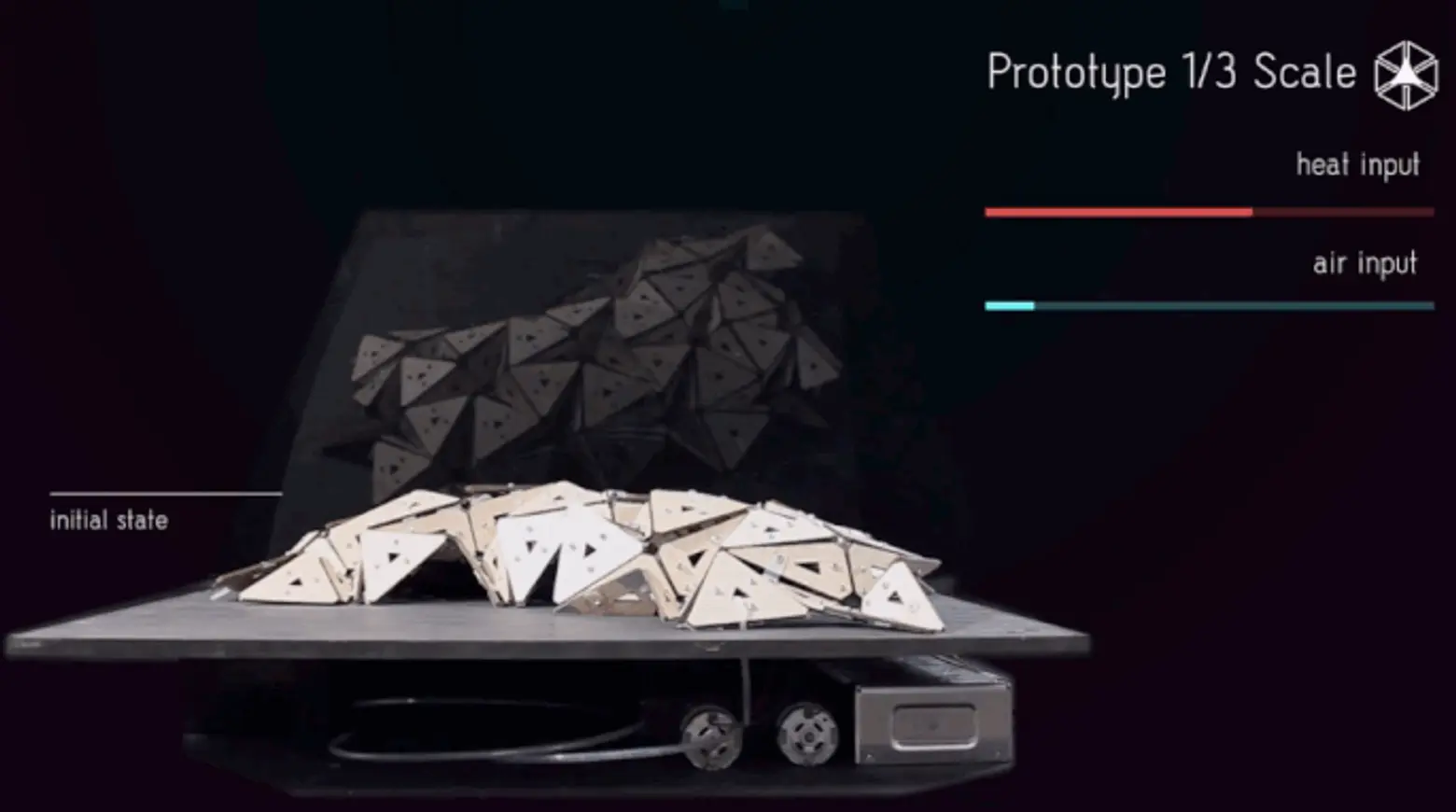
Generally, if a building starts moving, it’s a very bad thing. But a new shape-shifting architecture concept from the students at Barcelona’s Institute for Advanced Architecture of Catalunya proves otherwise. Responding to the notion that as buildings become smarter and greener they should also be responsive to their external environments, the project, dubbed Translated Geometries, explores how physical spaces could someday morph based on various environmental inputs.
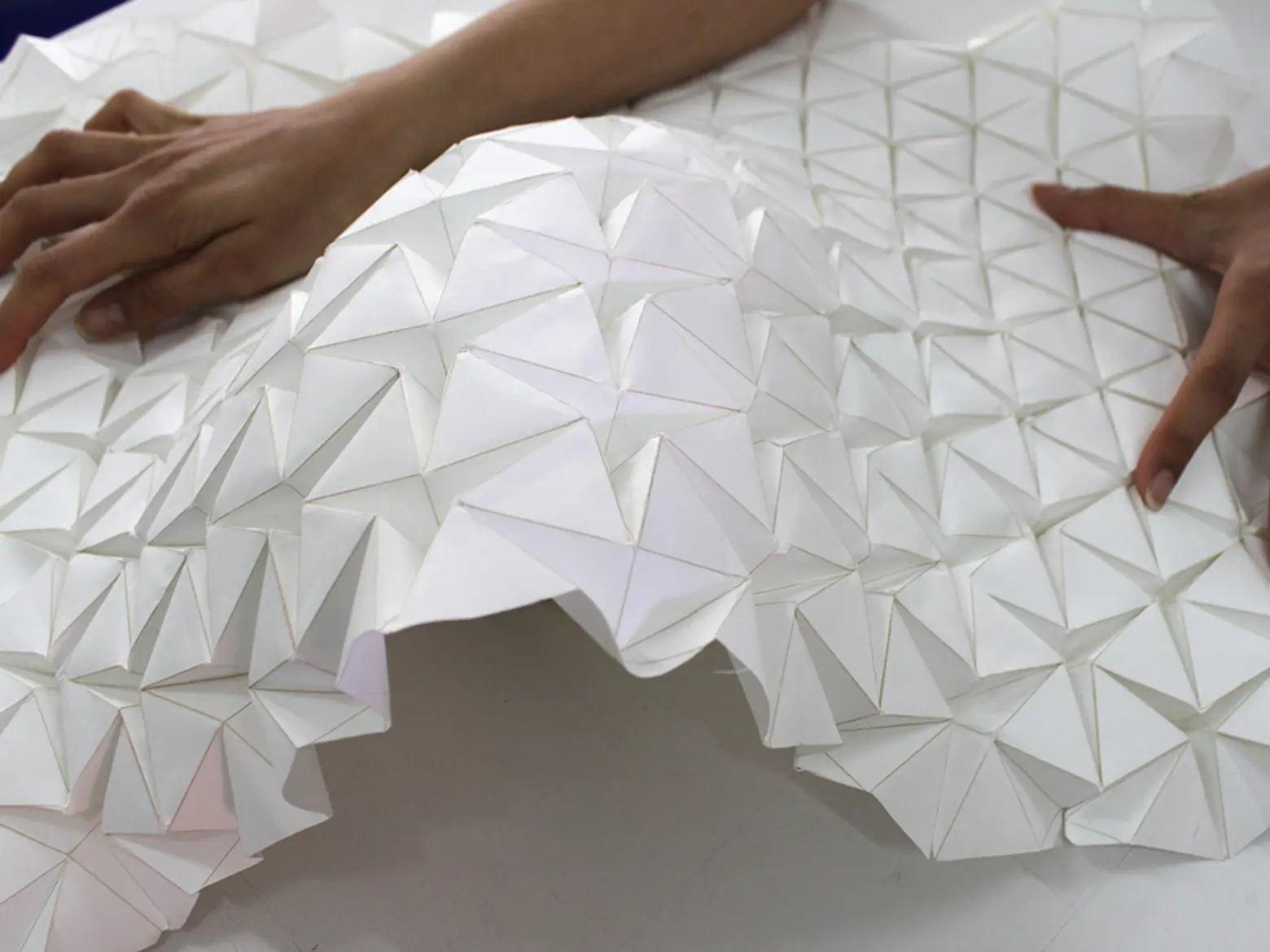
The concept uses Shape Memory Polymers–a composite material that can deform and return to its original state when activated by factors like heat, humidity, and light–to form a modular structure that expands and contracts based on temperature. Though we may not want entire towers that expand and contract, the adaptable idea would work well with outdoor pavilions, terraces, or public event spaces.
The project team, Ece Tankal, Efilena Baseta and Ramin Shambayati, proposes that by attaching an SMP joint to a tessellation of plywood, the structure’s surface area can be expanded up to four times its original size. When exposed to temperatures above 60 degrees Celsius, the SMP causes the material to morph into a new shape, and when cooled it holds this form. A second round of heat will bring the structure back to its original shape.
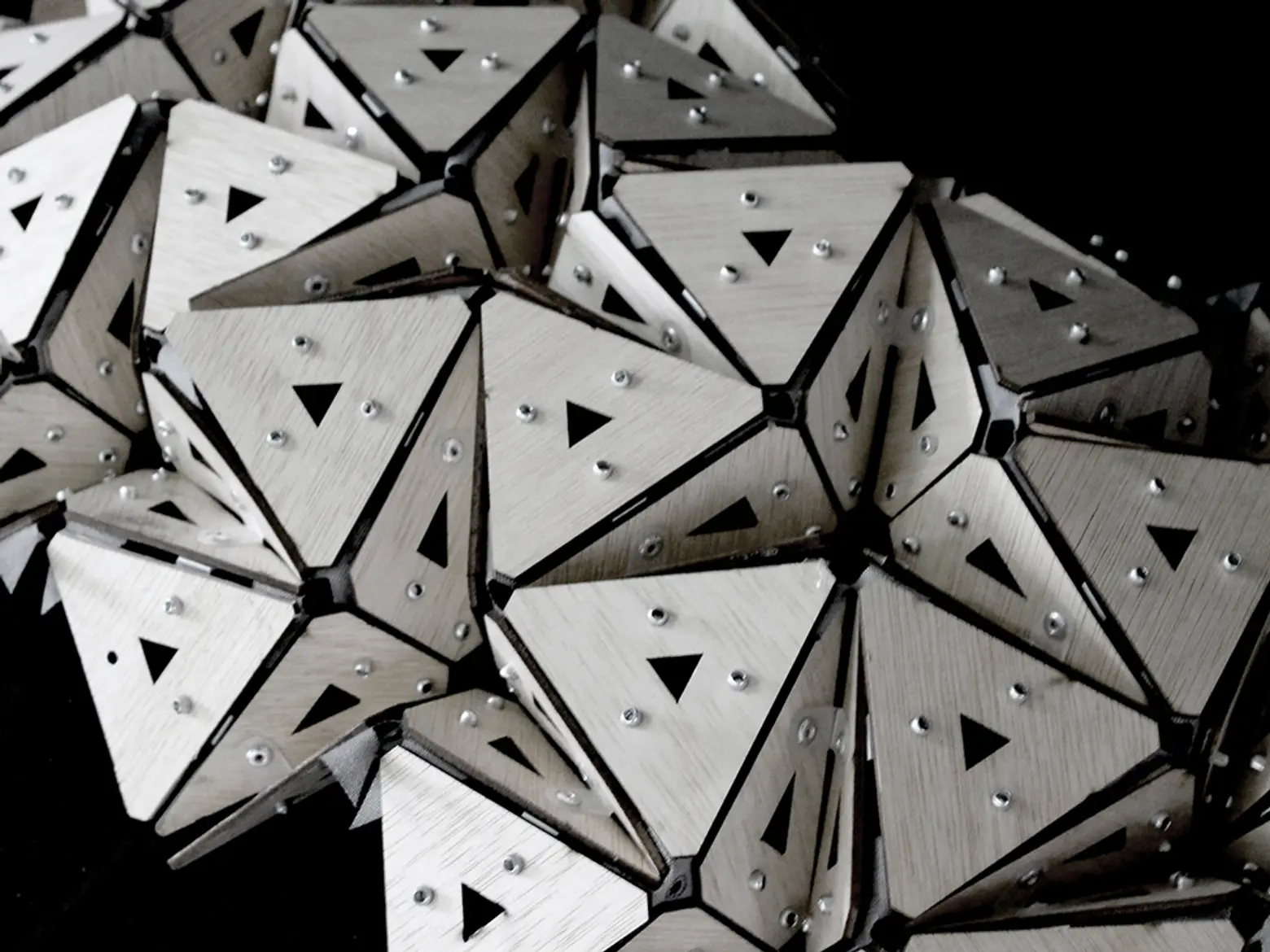
Though it’s still being developed as a concept, Translated Geometries could save on construction materials by serving dual purposes. It could also introduce an entirely new way to approach architecture and structural design.
[Via Wired]
Images courtesy of Ece Tankal, Efilena Baseta, and Ramin Shambayati
